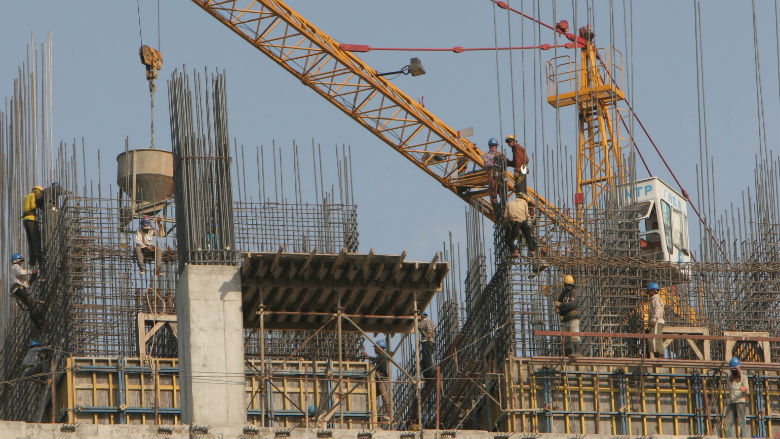Key Findings
- Growth remained strong, at 6.9% this year and next, pushed by resilient construction activity, garment exports, an expansion of the agriculture sector especially in rice production, and tourist arrivals.
- Growth in garment exports eased to 8.4% in 2016 from12.3% in 2015 due to US dollar appreciation and competition from other regional low-wage countries.
- Rural households have increasingly diversified their livelihoods to non-farm jobs (garment, construction and services), contributing to poverty reduction in Cambodia. By 2015, non-agriculture wage incomes made up more than one-third of rural incomes, compared with less than one-fifth in 2007.
- Cambodia’s external position improved due to resilient export growth and depressed oil prices. Merchandise exports expanded 11% in 2016, making up 45.5% of GDP, driven by footwear and garment exports.
- Inflationary pressures have been building up as a result of continued strong domestic demand as wages rose. Inflation has risen 4.3% year-on-year in March 2017, compared with 2.8% at end-2015, underpinned mainly by rising food prices.
- Fiscal deficit has widened but remains low because of rising public sector wages. Public capital spending declined to 7.2% of GDP in 2016 from 7.8% of GDP in 2015. Public outlays are estimated to have risen to 21.4% of GDP, while revenue collection remained strong, at 18.5% of GDP in 2016. The overall fiscal deficit (including grants), therefore, widened to 1.4% of GDP in 2016, compared with a fiscal balance in 2015. Cambodia’s debt distress rating in the latest World Bank/IMF Debt Sustainability Analysis conducted in 2016 remained low.
- In the medium term, the outlook remains favorable and likely to continue, largely underpinned by export diversification.
- Risks to this outlook include the fallout from further rises in US interest rates, a slower-than-expected economic recovery in Europe, and uncertainties over global trade.
Policy Options
- To remain competitive, Cambodia would need to boost labor productivity to compensate for rapidly rising real wages, including improving the quality of basic education, promoting vocational and technical skills, and reducing energy costs.
- Public administration reforms to bring about an improvement in public service delivery will be important, especially after the recent boost in civil servants’ wages.
- In the context of declining partner-funded budget, enhancing Public Investment Management (PIM) to scale up government-financed capital spending is needed. Pro-growth and pro-poor investments, especially in physical infrastructure, could benefit from additional allocations to compensate for development partner-funded budget reductions.
